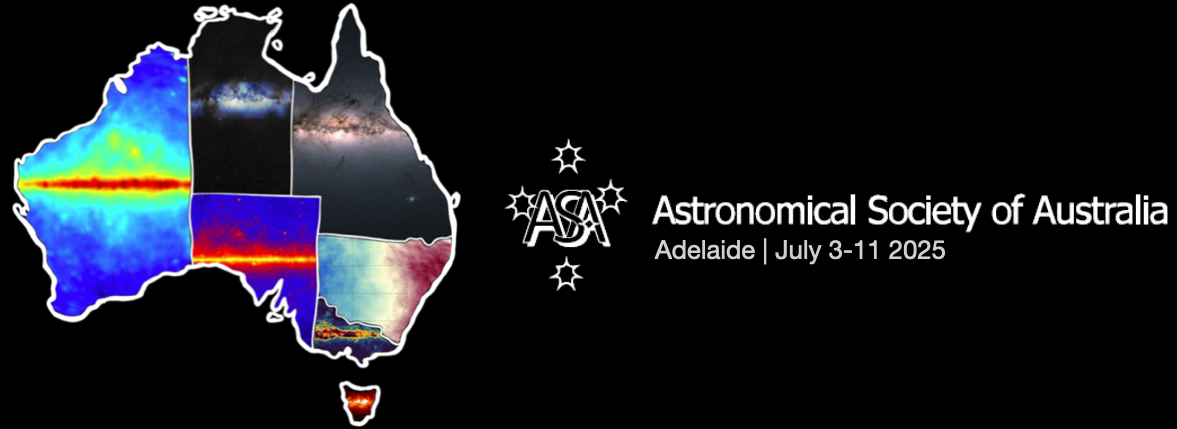Speaker
Description
Despite the essential driving role dark matter (DM) plays in galaxy evolution, it is still unclear what the DM halo of an individual galaxy looks like. In this talk I will present two approaches to studying DM haloes in terms of their total mass and density distribution.
First, we used data from the integral field spectrograph KCWI to investigate the DM halo of a faint dwarf elliptical using globular clusters (GCs) as discrete dynamical tracers. While imaging data alone can give an estimate of the GC number, spectroscopy is required to confirm the members of the GC system, hence allowing constraints on the total halo mass.
Second, we used data from the GECKOS survey with MUSE. Two conveniently located background sources behind a giant spiral allow the application of kinematic lensing techniques, where spectroscopy makes it possible to measure the lensing effect of individual galaxies. Rather than just constraining the total DM mass, we are able to present preliminary measurements of the halo density profile and how it can be disentangled from the stellar component.
Combining the two scenarios, there is a clear picture emerging of how spectroscopic data can help unveil the properties of DM haloes across different galaxy types. With this, next generations of spectroscopic facilities such as SKA and WST can transform our ability to measure and map DM around galaxies.

